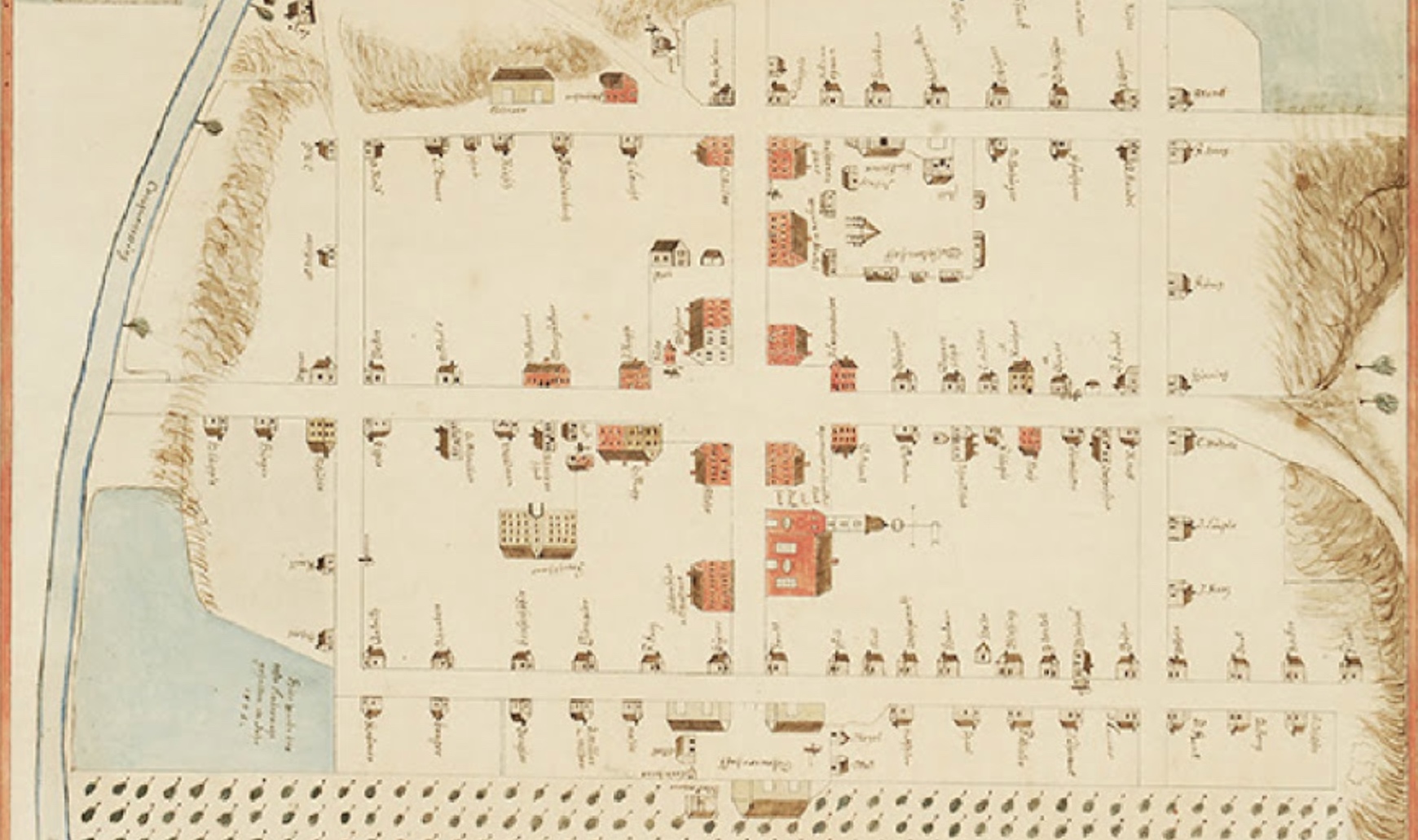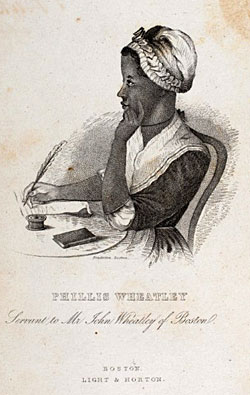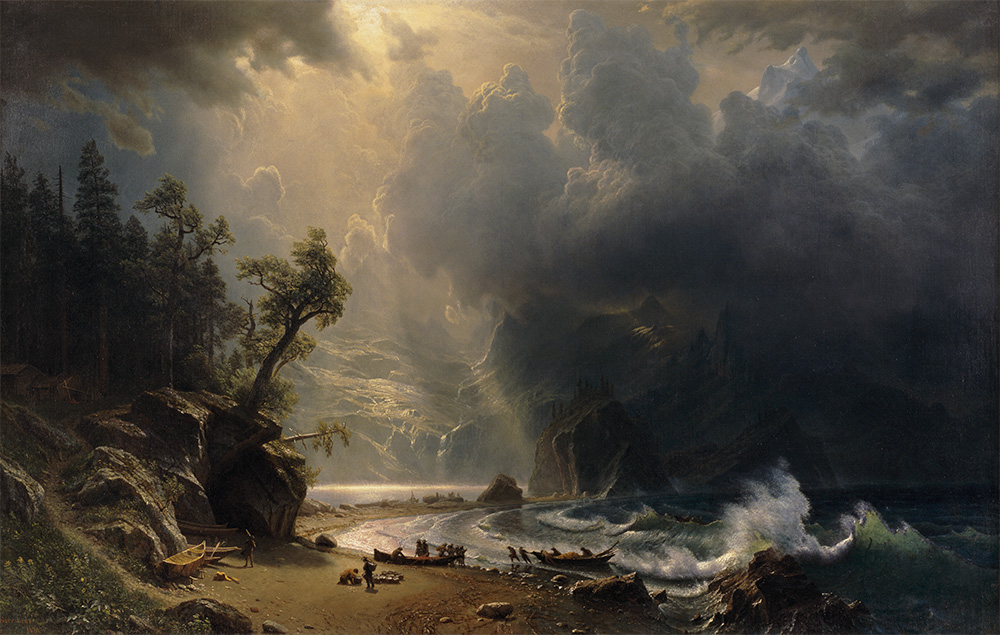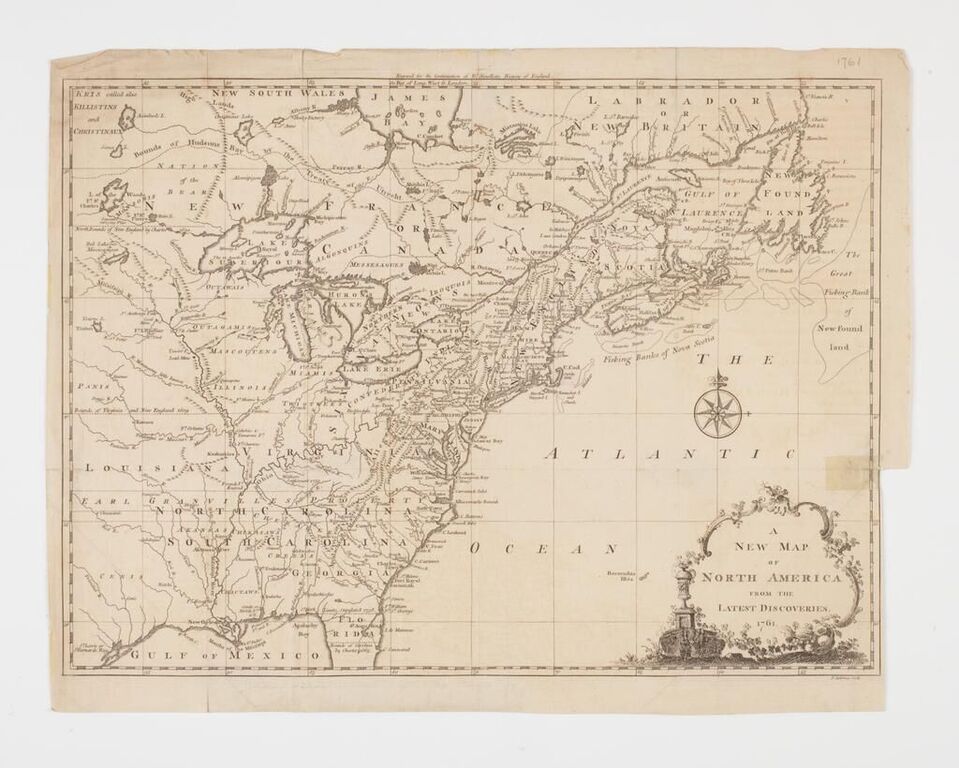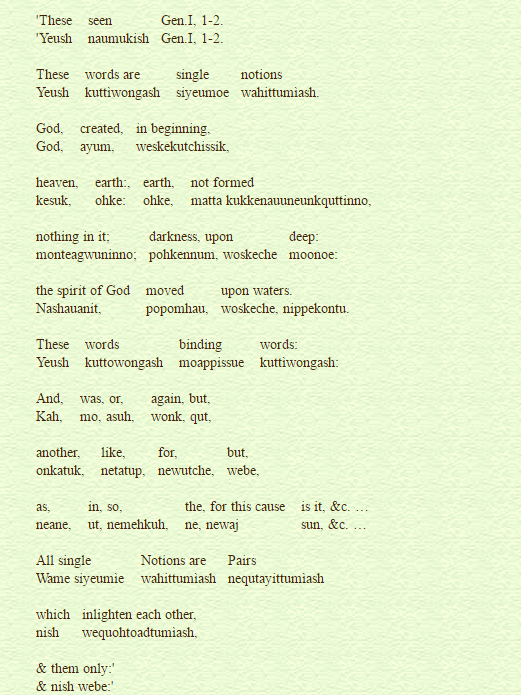“A garden of medicinal flowers…”
“Cake!”
Such answers help
insofar as how many days
were you a child? Or can you fix it
with your mind, since it did not happen
in your mind? “Time crashes
into words so often.”
•
An experienced fire scholar
observes we hold a species monopoly
over fire, fire
is a profoundly interactive technology, yet people
rarely burn as nature burns.
And out of the wilderburbs
we reinstated fire to remedy a longtime
fire famine. An expected major wind event
took place. Light ’em or fight ’em
and shoving biomass around, hazards
of reintroduction of the lost species of
fire resulted quickly
in a 14,000-acre black-and-silverscape
to anneal our eyes. The flicker
folding denuded understory, traversing undone
growth in its slight rise and curve whose carbon plateau
resists, the way we scanned our bodies to fix
I and got a Pleistocene, some shiny
seeps, “a tickle
at the back of the throat”
•
A come-home urge, a short-term
wedding ring or nerve tonic
of conversation in the car
•
Not unintimate
but a claw into the sector
•
In this area where quelling
worked or gracious
tissue has not surged back. To anneal
is to harden, and I was told
so many times to love the killed place
charred, the charnel
and charmed skeleton-of-ghosts place. Appeared moonlit
in daylight and its narrative
was goblin, homeless
burrow, carburetor. Intelligence instigated this
big elegy
•
Conscious
with its retardant like let’s live together. But cut by river, worn
by air, détourned by wind like I won’t disappear
if the line of wavy green in the non-shatter glass
maintains its vein
in tangibility. If adrenalin splits
chemicals with this sector. Immolated-to-the-
drop-off place that shimmeringly
waits
•
Snags, slash, deadfall, flesh of
charcoal flower burns its
urging off the tongue. Leaves a
husk-shape perfect, subject
to astonishing dispersal. So carve a channel
in your voice, go coursing
rockily
along the burned-up hologram of I
make a plan
•
The question had been as usual what is
ultimate? Cake of
burning shimmer in the
woods, your
question had been too much
of the wrong kind of fire and not enough of the right
kind. Apocalypse dryads
without new weeds or saplings to befriend, emollient
tar and failure
medicine. We come through
you, null
quadrant, in our vehicle. And fumes of wanting
to be otherwise escaped
Statement of Poetic Research
In summer 2010, my partner and I went camping in the Kaibab National Forest north of the Grand Canyon. Driving the forty-plus miles from our campsite to the North Rim, we passed through meadows and mixed-conifer forest; we knew that we were on a high plateau that plunges on three sides to the rift cut by the Colorado River, and in a vague, animal way we sensed those edges. But it was sunny, and all around us were grasses, wildflowers, fluttering aspen leaves, dense stands of pine. Arizona State Route 67 curves gently now and then. We rounded one of these bends and crossed into another landscape. Everything was burned—ground blackened, trees black and silver, trunks charred in eerie ranks on both sides of the road. It was like driving through a gelatin-silver print. We saw an information marker and pulled over in the remains of the Outlet Fire.
The Outlet Fire was set by Grand Canyon National Park fire management as a prescribed burn on April 25, 2000. Strong winds sprang up. The fire escaped, and when it was declared contained on June 15, almost 14,000 acres had been consumed. Conifers thrive on normal wildfire, with thousands of seedlings per acre germinating in burned land; combustible materials reduce to nutrients in soils, and this in turn supports biodiversity and carbon sequestration. The ferocity of the Outlet Fire, however, killed even fire-resistant Ponderosa pines. In places, it stopped only when the plateau dropped away beneath it.
“The total area of forest annually affected by fire currently is only about one-tenth of what it was prior to 1850, due to fire suppression,” explains Chad Hanson, director of the John Muir Project. Fire historian Stephen J. Pyne, of the School of Life Sciences at the University of Arizona, calls this state of affairs a “fire famine.” It was through Pyne that I encountered John Wesley Powell’s 1878 Report on the Lands of the Arid Region of the United States. Powell named the Grand Canyon, and was the first white man to traverse it, by boat on the Colorado, during his 1869 Geographic Expedition. Traveling north of the Kaibab, he noted in the Report:
The protection of the forests of the entire Arid Region of the United States is reduced to one single problem: Can these forests be saved from fire?…Everywhere throughout the Rocky Mountain Region the explorer away from the beaten paths of civilization meets with great areas of dead forests; pines with naked arms and charred trunks attesting to the former presence of this great destroyer. The younger forests are everywhere beset with fallen timber, attesting to the rigor of the flames, and in seasons of great drought the mountaineer sees the heavens filled with clouds of smoke.
“Different people have created distinctive fire regimes, just as they have distinctive literatures and architecture,” Pyne writes. Powell’s Report sought to foster a new regime. His section on “Timber Lands” continues:
Only the white hunters of the region properly understand why these fires are set, it being usually attributed to a wanton desire on the part of the Indians to destroy that which is of value to the white man.
Powell (1834-1902) attended Oberlin, my alma mater. The college was a progressivist hotbed: a station on the Underground Railroad, the first institution of higher learning to consistently admit African Americans, the first to admit women. He stayed for periods with the Ute and Shivwit Paiute; he helped to establish the U.S. Bureau of Ethnology, and ran it for two decades. Should we receive his statement on native American burning practices as a plea for intercultural translation? If so, how to interpret its next sentence: “The fires can, then, be very greatly curtailed by the removal of the Indians”? As Pyne puts it, “Fire enters humanity’s moral universe.”
Something of this floated through our car window on the Kaibab. The poem “Outlet Fire” appears in a forthcoming collection titled Anarch. I was thinking, writing this book, about disasters natural and otherwise, and about the prefixes an- and arche-, one designating absence or denial, the other archetypal foundation. I was groping toward some method for absorbing 9/11, the wars in Iraq and Afghanistan, Hurricane Katrina, the Deepwater Horizon spill. The Outlet Fire, as an anarchic collaboration between federal agencies, history, weather systems, and dry tinder, seemed to belong to this topography.
The Outlet Fire was named for Outlet Canyon, a small side canyon branching toward the North Rim. But Google “outlet fire” and you will find discussions of faulty household wiring, pictures of soot and flame on plastic baseboard plates. Woodlands, of course, are power sources, and natural fire—as distinct from what Pyne terms “anthropogenic fire”—is often kindled by lightning. Domestic electricity and wildland conflagration arc to touch, too, because the provision of energy cannot be neutral, whether this means connecting war, climate change, and oil drilling to the little live port in the wall, or acknowledging that our “species monopoly over fire” does not (yet) alter the fact that ecosystems have evolved with fire, and require it. Mythemes of the west as an outlet—a wide-open space for outlawry and letting off steam—and of combustion as pure release flicker in the name. And on the long-haul drives of that camping trip, we were talking over what it means to live together.
How did the Chinese Zen master Yun Men (c. 864-949) get into this poem? The Blue Cliff Record, the compendium of koans, records that a monk asked, “What is talk that goes beyond the Buddhas and Patriarchs?” Yun Men yelled, “cake!” He meant rice-cake, but I somehow envision a petit four—ordinary, trivial, intricate and sweet. Another monk asks, “What is the Dharmakaya?” which in Sanskrit means the “body” of the Absolute. Yun Men answers, “flower hedge!” or “garden fence!” This sounds lovely, but the term he uses denotes, specifically, plantings around an outhouse—hence, perhaps, the occasional reference to these flowers as “medicinal.” (Yun Men is asked, “What is the Buddha?” “Dried shit-stick!”) Archival documents, and incinerated woods, and worry about the future, and poems are just different kinds of waste, perhaps. All liable to bloom.
I worried, with “Outlet Fire,” about nakedly indulging the pathetic fallacy. Research was a way to locate its argument beyond myself, in the grain of what occurred. But the point is that landscape and human fantasy co-create.




